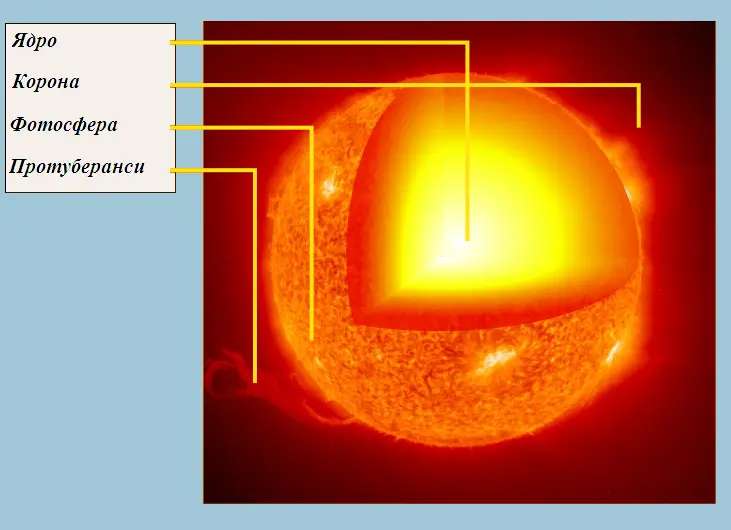The Sun is a ball of hot gasses present in the solar system, and it is also one of the largest celestial bodies. It is a perfect sphere of hot gasses with an internal convective movement that generates a magnetic field through a dynamo method. It is an almost perfect sphere of hot plasma with an internal convective activity that produces a magnetic field via a dynamo process. A study has shown how the Sun affects our moods and mental health, which we could all relate to during this winter season. Many people suffer from Seasonal Affective Disorder (SAD) in the winter months, and some even have symptoms related to their body clock because they don’t get any emotion.
The Sun, the Earth’s nearest star, is fascinating to study because of how much we rely on it and yet how little we know about it. Every aspect of our lives depends on the energy the Sun generates and beams down to us, and yet scientists are still trying to determine its basic structure. The most commonly accepted model of the Sun, known as the Standard Solar Model, divides it into four layers that take up about 99% of its volume and account for 99% of its mass—sixteen layers in all!
The Sun, Source of Energy
Nearest star to the earth is the Sun. It is our closest celestial body. The Sun is a huge sphere of hot shinning plasma, and most of its mass is hydrogen, which is kept stable by gravity. Sunlight gives life to Earth-like planets, and we can see everything because of its light. Sun is an ordinary star that is present in the Milky Way Galaxy. It is a yellow dwarf star with a diameter of 109 times and a mass of 2 x 1030 kg, which corresponds to 30 percent of all stars in the galaxy.
The Sun’s energy source comes from nuclear fusion reactions deep within its core. These reactions enable it to shine steadily for about 10 billion years until it uses up most of its hydrogen fuel. After that, it will become a red giant and then shrink into the smallest size. Solar energy is a form of energy that we can harvest without putting harmful emissions into our atmosphere. The Sun’s rays are converted into heat and light, which in turn can be harnessed to provide us with power for heating, cooling, and lighting our homes.
Layers of the Giant Star; the Sun
The Sun is a star, and the lead is a giant nuclear furnace that burns hydrogen into helium, producing a vast form of energy. The Sun’s core temperature is 15 million degrees Fahrenheit (8 million degrees Celsius), and its surface temperature is about 10,000°F (5,500°C).
A layer refers to different regions or sections of the Sun. It has three main layers: the core, convection zone, and photosphere.
Core of the Sun
The temperature at the core of the Sun is about 15 million kelvin (26 million °F, 107 million °C), which is about 27 times the adiabatic flame temperature of hydrogen (approximately 40 million kelvin). The core is not directly visible because the radiative heat is absorbed by a surrounding layer, called the convection zone.
Convection Zone
The convection zone of the Sun is a region from the surface to approximately 200,000 km deep. It contains 75% of the Sun’s mass and 99% of its volume. Temperatures rise gradually with increasing depth through most layers, so it is more accurately considered a region rather than a valid zone. The solar radiative interior is 16 million kelvin, while at the bottom of this layer, it increases rapidly to 2 million kelvin at the base.
Photosphere
A photosphere is a layer of the Sun’s atmosphere. The photosphere is visible from Earth as the bright disc in the center of the solar disc during a total solar eclipse. It has a transparent outer edge, which is called the limb. The inner edge of this fine outer edge is called the “subliminal limb” or “subliminal rim.”
![]()
